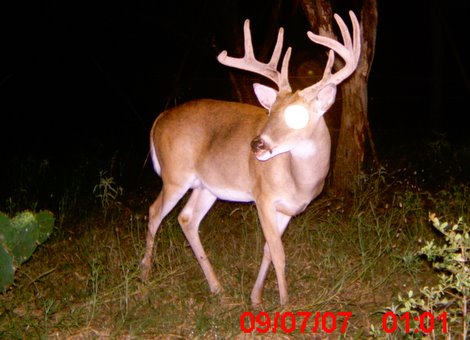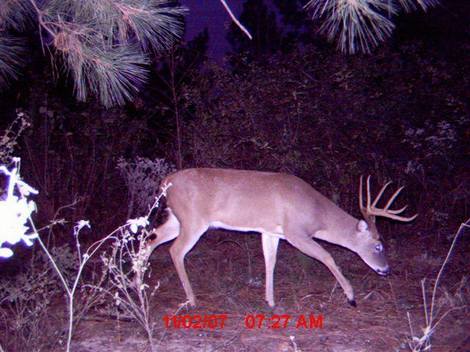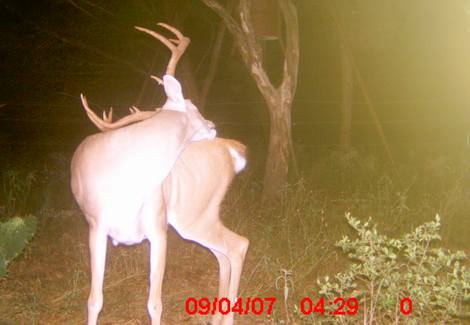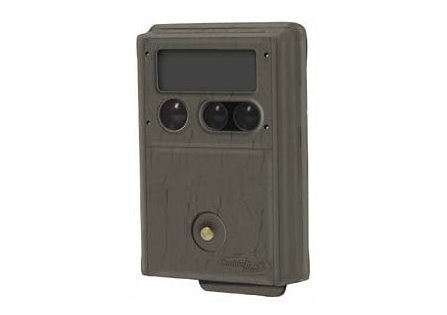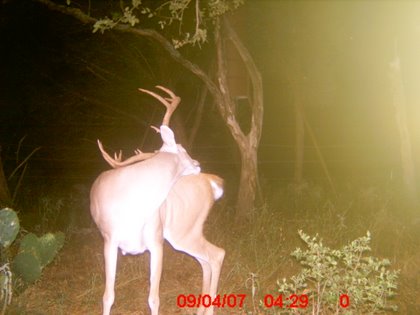For as long as I’ve been fascinated with deer and deer hunting I have wondered about those big nocturnal bucks that no doubt walked across the land where I hunted. That was a long time ago, even before I knew “nocturnal” was a word. Cameras are great for “capturing” the deer on a property, but they also help with white-tailed deer management.
Nowadays, we don’t have to worry as much about the big whitetail bucks that “might” be out there because game cameras help us do a much more thorough job of scouting prior to and during the deer hunting season. I said “as much,” because there always seems to be bucks that elude everything, including cameras (pays to be scent-free when setting out your cameras).
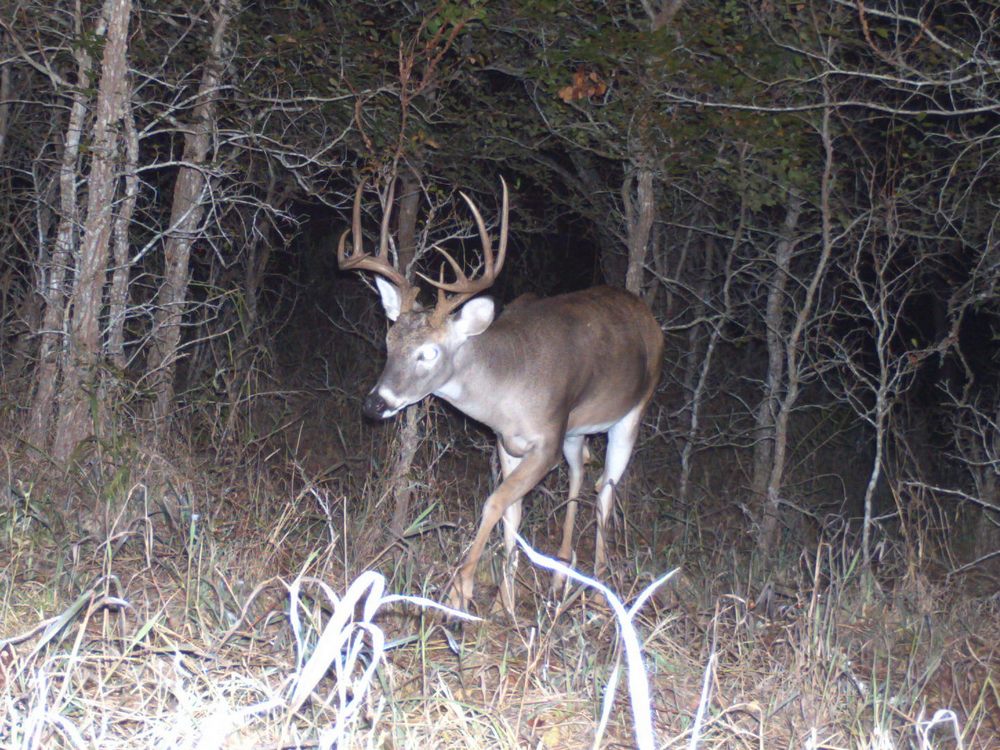
Using Game Cameras for Deer
Using a game camera can be fun and exciting. However, looking back at my first couple of years of using a camera, it was not at all what I had hoped it would be. Sure, I saw some bucks. That’s cool. Some were even better than what I had observed during daylight hours, but nothing like the images that haunted my dreams.
I think deer hunters as a group are very optimistic. How could be get up at the butt-crack of dawn, walk ourselves out into the dark, sit for hours upon hours in adverse weather conditions, and just hope to see a deer if we were not, right? We also want to believe that there is the potential for a “booner” on any given hunt.
Patterning Deer with My Camera
My first season with a game camera was mediocre. The camera proved time and time again that the same spike, 8-point buck, 5 does, and 3 fawns visited the are everyday at about the same time. In addition, an occasional “rogue” buck or two would be spotted overnight, but nothing to write home about. There was no freak nasty.
As it turns out, there really weren’t any big, magical bucks that sneaking through the habitat found on the property I hunted. The bucks I thought lived there, in reality, were not there at all!
Were they hanging out on the neighbors property? What was I doing wrong that swamp donkeys weren’t showing up on camera? Did their patterns include areas of the property where I didn’t have cameras. I moved cameras all over, but no massive bucks appeared.
Managing Deer Hunting Expectations with a Camera
Then I thought about it. If I’m not getting photos of quality bucks at night or at different parts of the property (at any time), then there are not any quality bucks to be found. It’s not that I’m not seeing them, then these whitetail bucks simply do not exists, are not found in the area!
The fact of the matter is if you (like me back then) aren’t seeing any good bucks on your trail camera, then it’s not that you’re having a problem seeing the bucks, it’s just that they do not exists. They aren’t on the property. They likely aren’t on your neighbors property either, or at least in close proximity.
In this case, what I had and what you may have, is a deer management problem. It could even be as simple as a deer hunting problem, where young bucks are being harvested well before maturity. If the only bucks you’re seeing on game camera are yearling and 2 1/2 year old bucks then it’s time to take a hard look at the activities on the property.
There are not many monster 2 1/2 year old whitetail bucks running around. I submit that there are none.
More Deer Management with Cameras
You can use game camera photos to estimate buck to doe ratios, annual fawning success, and the quality of the bucks on your property, but it also gives you snap-shot after snap-shot of what your overall deer management plan (or lack thereof) is doing for you on a piece of property.
Not even the best trail camera can find something that is not there. Later this week I will talk more about game cameras and even include a few more game camera tips for keeping track of the white-tailed deer on your hunting grounds. Until then, keep your hooks sharp and your ammo dry.
